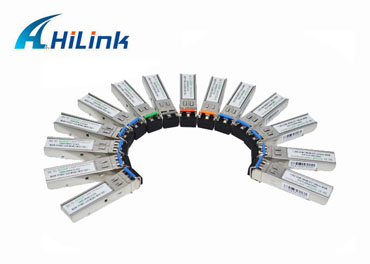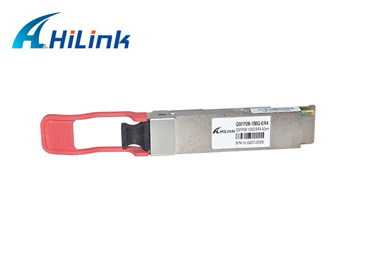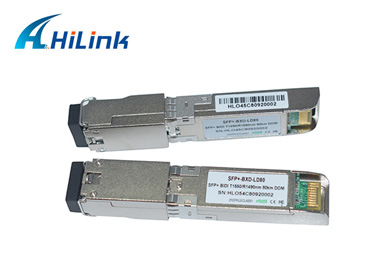How To Check The Optical Signal Strength Of SFP Optical Module?
Jan. 13, 2023
As we all know, SFP optical modules support various applications such as Fibre Channel (FC) switches, SONET/SDH networks, Gigabit Ethernet, high-speed computer links, CWDM, and DWDM interfaces. When SFP optical module and switch are connected, the optical signal strength is a key parameter to ensure the whole connection works properly. The SFP optical module supplier will introduce the optical signal measurement method of the SFP optical module and how to check the optical signal strength of the SFP optical module.
Dual Fiber 155m 4.25g SFP Transceivers
The optical signal strength of the SFP optical module and its importance
Usually, the signal strength of the SFP optical module includes two parts, Tx power, and Rx power, the former represents the transmit power signal and the latter represents the receive power signal. For general SFP optical modules, the values of Tx and Rx power within a specific range indicate that the SFP optical module can operate normally. The Cisco GLC-SX-MM optical module, for example, has a transmit power range of -9.5 to -3 dBm and a receive power range of 0 to -17 dBm. If Tx or Rx is in the range of -30 dBm or lower, it means that no signal is sent or received.
The strength of the optical signal directly determines whether the network connection is normal, if the Rx power is not strong enough, there will be no signal in the optical link, which is why long-distance optical modules or optical amplifiers are needed for long-distance transmission. If the Rx power is too high, the SFP optical module will be damaged. Therefore, choosing a high-quality SFP optical module is the basic guarantee to ensure that the network connection can work properly.
100G 40KM QSFP28 ER4
Optical signal strength measurement of SFP optical module
In general, there are two common methods of measuring optical signal strength: milliwatt (mW) and dBm, the former measuring optical signal strength by power, while the latter measuring optical signal strength in decibels. Different vendors may use one of them to measure the power of the optical signal, for example, Cisco switches use dBm to measure, while Brocade switches are used mW to measure. Thus, there is an equation between these two methods.
dBm->mW: mW=10dBm/10
mW->dBm: dBm = 10 * (Log mW)
Note: Optical signals will attenuate during transmission, to ensure transmission quality, network operators also need to pay attention to this issue, the following is the acceptable optical attenuation range of common optical modules.
The rate is 8Gbps optical module maximum acceptable signal attenuation: -13.8dBm
The rate is 4Gbps optical module maximum acceptable signal attenuation: -15.4dBm
The rate is 2Gbps optical module maximum acceptable signal attenuation: -18.2dBm
10G 1490NM/1550NM 80KM BIDI SFP+
How to check the optical signal strength of the SFP optical module?
To determine if the SFP optical module (transmitter and receiver) is operating at the proper signal level, you can check the status information of the SFP optical module. This information is critical, including the fiber type, the transmit optical power range, and the optical receive power.
In addition, switches like Cisco and Brocade SAN switches will provide a CLI (Command Line Interface) reference, a feature useful for viewing detailed information about the SFP optical module, including rate, serial number, part number, and optical signal strength in the receive/transmit direction.
Optical signal strength is an important factor affecting the entire optical link. This article describes how to measure and view the optical signal strength in Cisco and Brocade switches, and hopefully, it will be helpful for you to use SFP optical modules properly.















